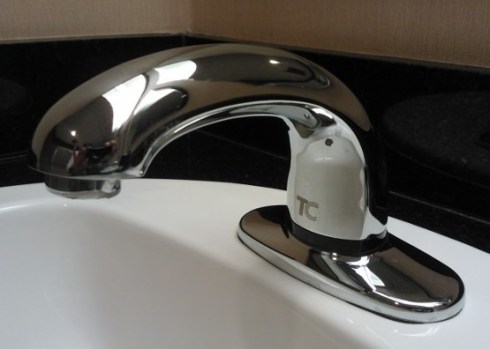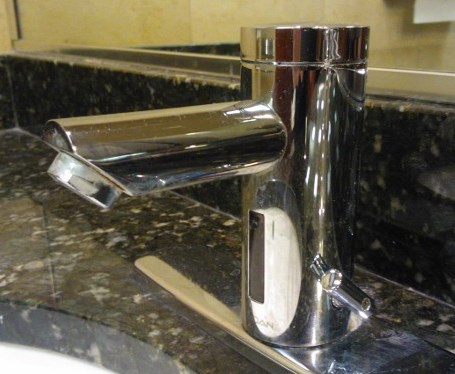I recently read some comments about MOOCs.
Doubts About MOOCs Continue to Rise, Survey Finds: Babson Survey Research Group, Pearson and the Sloan Consortium
The findings, released in a report on Wednesday, reveal a growing skepticism among academic leaders about the promise of MOOCs. The report also suggests that conventional, tuition-based online education is still growing, although not as swiftly as in past years.
The article – Top Issues Facing Higher Education In 2014 on Forbes.com, ends with:
You may observe a notable omission from this list: MOOCs. Increasing awareness of their limitations for certain audiences combined with a feeling of “enough already” will make these yesterday’s news in 2014.
The pioneer of MOOCs, Stanford Professor and founder of Udacity, predicted in 2012:
In 50 years, there will be only 10 institutions in the world delivering higher education and Udacity has a shot at being one of them.
Recently, however, he changed his opinion of MOOCs:
“I’d aspired to give people a profound education–to teach them something substantial. But the data was at odds with this idea.”
“We were on the front pages of newspapers and magazines, and at the same time, I was realizing, we don’t educate people as others wished, or as I wished. We have a lousy product. (emphasis mine)”
I have taken a few MOOC courses on Udacity, Coursera, Stanford Venture Labs, and NovoEd. I’m enrolled in one or two courses all the time, which I complete at my own pace. I believe it’s a great but overhyped idea, and MOOCs are not a replacement for traditional students and universities.
Meanwhile, I stand by my take on MOOCs two years ago – Are MOOCs A Disruptive Innovation?
Suggested Readings:
- Argument: MOOCs: Been There, Done That
- Counter-argument: Completion Rates Aren’t the Best Way to Judge MOOCs, Researchers Say
- The Revolution That Wasn’t: Part 1 on iPads/tablets in schools

